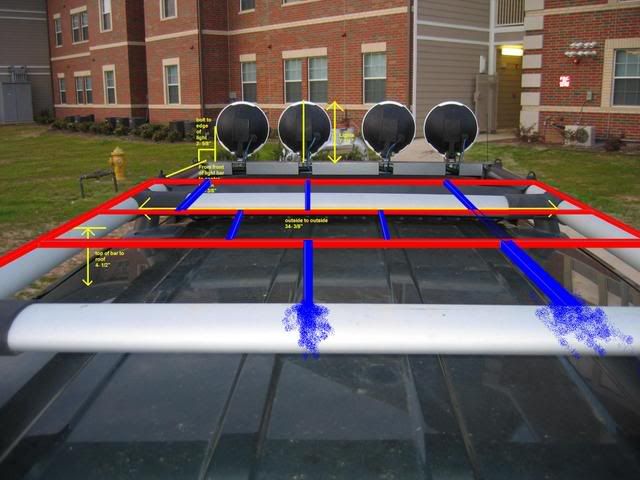Erick Lihme
Observer
I'm going to try to avoid a roof rack. Picked up an aluminum basket which slides into the receiver at Harbor Freight. We've seen these everywhere made of steel and which are nearly twice the size in width. The Aluminum basket type is much lighter and will hold a large strong plastic trunk and one 5 gal jerry can. Both were about $50.00 bucks.
The 2" tubing will be cut and welded and bolted so that the basket is raised to improve the approach or egress angle to that of the truck without the basket.
With the truck removed, and basket in place, the tailgate can then be let down, accessing the gear in the drawer beneath the platform. With the trunk in place, the shell can still be climb into easily for the night.
The tailgate down, trunk on the ground, or the empty basket provide flat surfaces serving as tables and chairs or whatever...The basket can also be slid into the front receiver....
Extra weight in the rear actually helps balance the heavy front winch bumper, it has easy access and no wind resistance. Of course one will have to be careful with backing and avoid trees. It should make good storage for a light weight kitchen.
Hopefully this thing won't fall apart on the trail.....it shouldn't, but it is untested.
Pat. pending...
The 2" tubing will be cut and welded and bolted so that the basket is raised to improve the approach or egress angle to that of the truck without the basket.
With the truck removed, and basket in place, the tailgate can then be let down, accessing the gear in the drawer beneath the platform. With the trunk in place, the shell can still be climb into easily for the night.
The tailgate down, trunk on the ground, or the empty basket provide flat surfaces serving as tables and chairs or whatever...The basket can also be slid into the front receiver....
Extra weight in the rear actually helps balance the heavy front winch bumper, it has easy access and no wind resistance. Of course one will have to be careful with backing and avoid trees. It should make good storage for a light weight kitchen.
Hopefully this thing won't fall apart on the trail.....it shouldn't, but it is untested.
Pat. pending...



